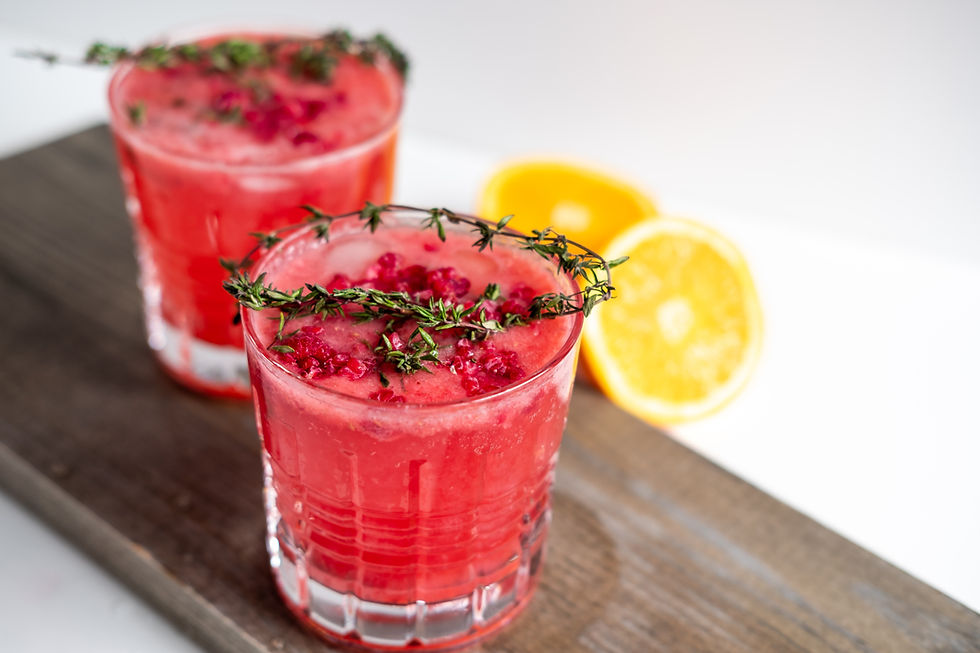Good quality meats…..what to look out for?
- By Chrissy Denton
- Apr 8, 2021
- 3 min read

Protein is an essential macronutrient that is needed by the body to help build and repair tissues, support growth and create a strong immune system. It is essential for life as it is the building blocks for our bones, muscles, hair, nails, skin and blood.
One of the best sources of protein comes from our meats, fish, and poultry sources to name a few. Of course for vegetarians and vegans, foods such as beans, lentils, tofu and legumes are best chosen.
However, not all meat sources are equal nor do they contain the same amount of nutrients. As we say, it’s the quality not the quantity. Here are a few tips for shopping for your protein sources.
Read the labels
Food labels can be confusing with lots of complex words or numbers for the consumer to understand. The most important parts of a label to focus on is: the expiration date, list of ingredients, country of origin and how the animal is fed or looked after (i.e. organic, grass fed, hormone free etc.). If the meat has been marinated then it will show you a list of ingredients starting from largest to smallest. Always look out for any added sugars, hydrogenated oils and salts.
Hormone free
Animals that are ‘raised without’ hormones refers to any added growth enhancers or antibiotics given throughout the animals life. The benefits of adding hormones for the farmers is that they produce an overall larger animal/meat at a more rapid rate, which of course means more sales and more money. Unfortunately for the human body we don’t know the full extent to what it does to us. Even though the levels may be smaller in comparison to the hormones in our body, it is still an unfamiliar substance for us to process. Some studies have shown to contribute to children entering puberty at a younger age.
Grass fed vs grain fed
Grass fed meat generally refers to the cattle being able to roam free and eat only fed grass, whereas grain fed animals are more confined and given mostly grains. While grass fed is usually marketed as the healthier option, there are a lot of grey areas here. Most animals are typically fed on grass for the first 6 months of their life and then can be switched to grains later on. Therefore labelling them as grass fed, although only for a short time of their lives.
In general, grass fed meat contains higher levels of essential fatty acids and beneficial nutrients including vitamin A,E, magnesium and calcium.
Free range/cage free:
Free range or cage free means the animal (or typically birds) can roam around a larger sized yard or space. This gives them more freedom to move, creating a happier environment to breed resulting in a tastier flavoured meat. But, unfortunately this doesn’t correspond with what the birds are eating and whether hormones/antibiotics are pumped into them to give us a much larger bird or egg.
Organic
Organically produced meats refer to the way the meat is raised, produced and processed in the factory. Different countries have different regulations in order to call their meat organic, however most prohibit the use of any hormones, antibiotics, chemicals or preservatives. Usually they must be free range (enough space to run around) and fed organic food. Overall these animals are much healthier and happier. Yes this does mean that organic meats are at a much higher cost for us.
Processed meats
Where possible, try to limit the amount of processed meats you eat on a daily basis. This includes lunch meats, canned meats, hot dogs, corned beef etc. The reason being is that they have been linked to certain types of cancers (carcinogens) and heart diseases due to the way they are processed. Usually the meat has been changed from its natural state by either salting, fermenting, smoking, curing in order to enhance flavour and improve its shelf life.
Want to find out more or ask a question? Click Here to get in touch with Chrissy.

















I nuovi giocatori saranno accolti con un esclusivo bonus di benvenuto, pensato per dare il via alla tua avventura Domusbet di gioco. Esplora i migliori giochi, aumenta le tue possibilità di vincita e goditi un'esperienza di gioco premium fin dall'inizio. Non aspettare: iscriviti oggi stesso a Domusbet Casino e richiedi il tuo bonus!